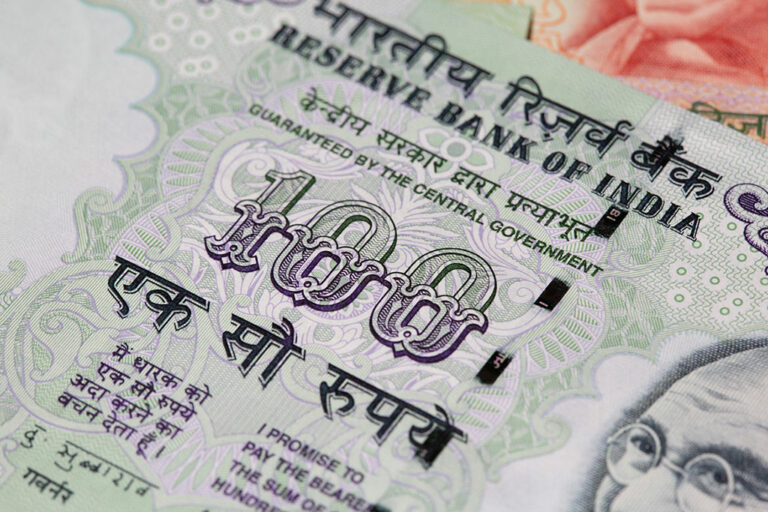Although e-rupee transactions increased in late 2023, amassing to over 1 million a day, it has now reduced to between 100,000 to 200,000 per day.
Top tech and payment firms are seeking to participate in the Indian central bank’s digital currency pilot. It was revealed that Google Pay, Walmart-backed PhonePe, and Amazon Pay are among the five payment companies that have applied to join the e-rupee pilot program, which will be run by the Reserve Bank of India (RBI).
These top fintech giants were joined by two other Indian financial companies: Cred and MobiKwik. Initially, the RBI allowed only Indian banks to offer the e-rupee, the digital version of the Indian Rupee, through their mobile applications. However, in April, the Indian central bank announced it would open the pilot to non-bank payment firms as well.
Declining E-Rupee Usage Prompts Integration with Popular Payment Apps
The e-rupee process kicked off in December 2022, when the Reserve Bank of India began the pilot program. The RBI officials promised the Indian citizens that the transaction details of using the digital currency would be kept private to some extent. However, after starting on a high ground, digital currency usage has declined, which is part of the broader struggle many countries have faced in encouraging the adoption of central bank digital currency (CBDC).
Sources revealed to Reuters that to increase the use of the e-rupee, the Reserve Bank of India (RBI), is letting popular payment apps like Google Pay and Amazon Pay handle e-rupee transactions.
Although e-rupee transactions increased in late 2023, amassing to over 1 million a day, it has now reduced to between 100,000 to 200,000 per day. The RBI hopes that integrating the e-rupee with leading payment apps will help drive greater usage and acceptance of the CBDC.
However, the central bank has no immediate plans for a full-scale launch of the digital currency. Officials say the e-rupee pilot will likely continue for at least the next couple of years as they work to address challenges around scalability and adoption.
The Global Push for Central Bank Digital Currencies
Gaining adoption for CBDCs has been a general challenge for many countries. Many of the currencies are still at the research stage to find out the best way to issue and run them.
China, for instance, has allowed some form of payment through digital yuan to boost its utility. Taiwan, an East Asian country, is also working on launching its own CBDC and plans to test a prototype of it. Rwanda, an African country, plans to launch its e-currency in the next two years.
CBDCs make cross-border payments easy cheaper, and more accessible. These benefits have been driving countries to work on the best way to run them for economic gains.
next